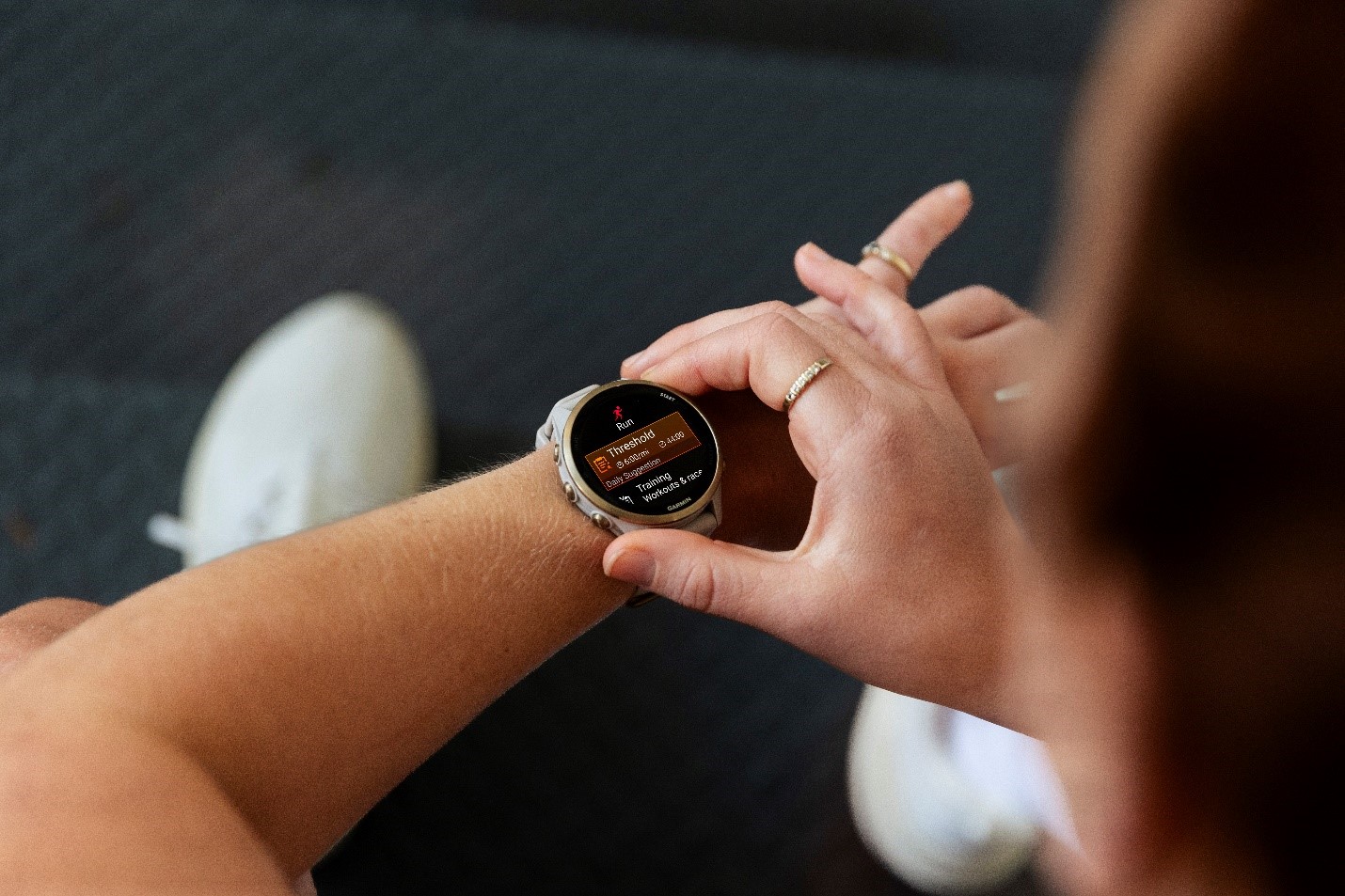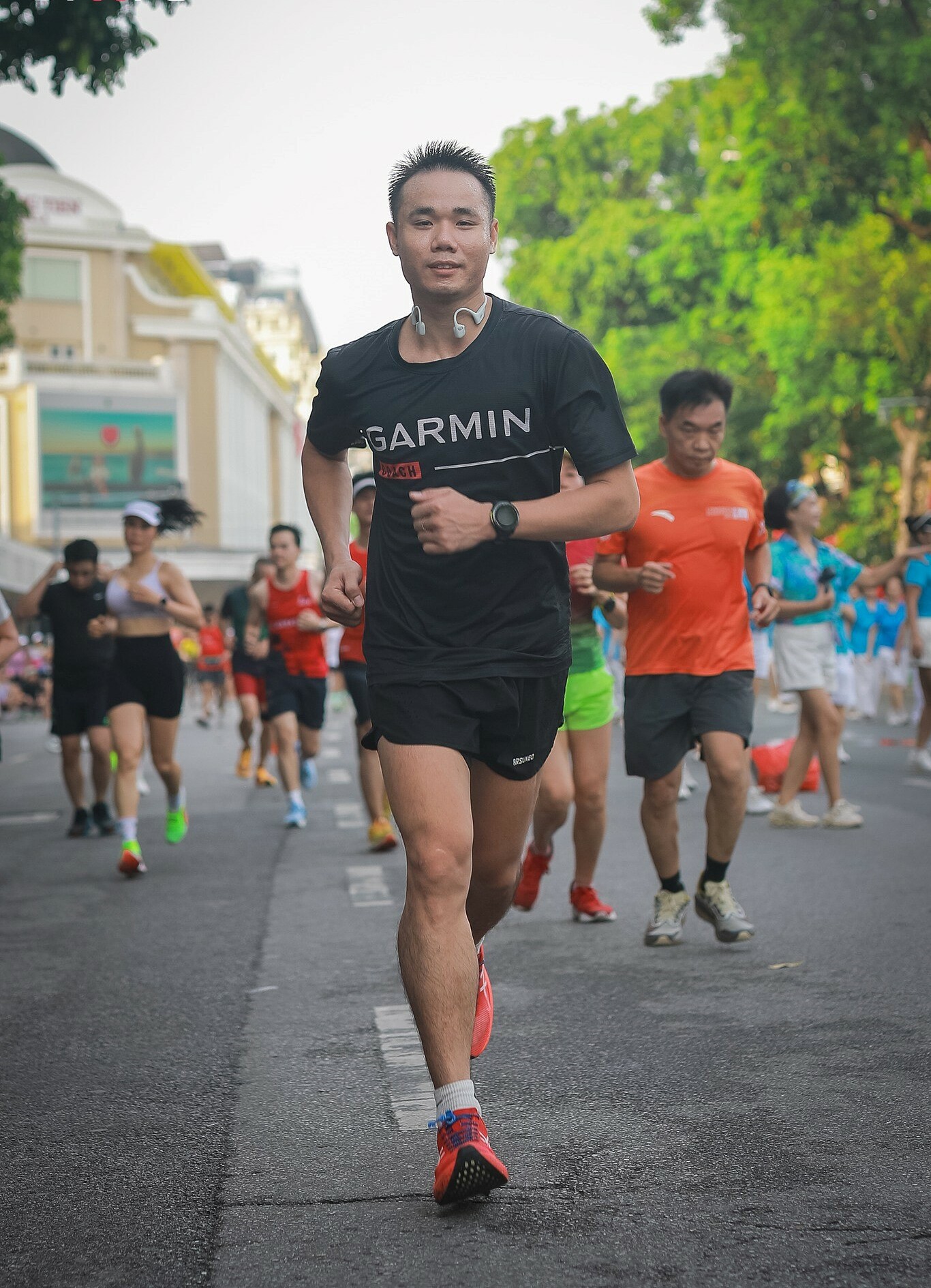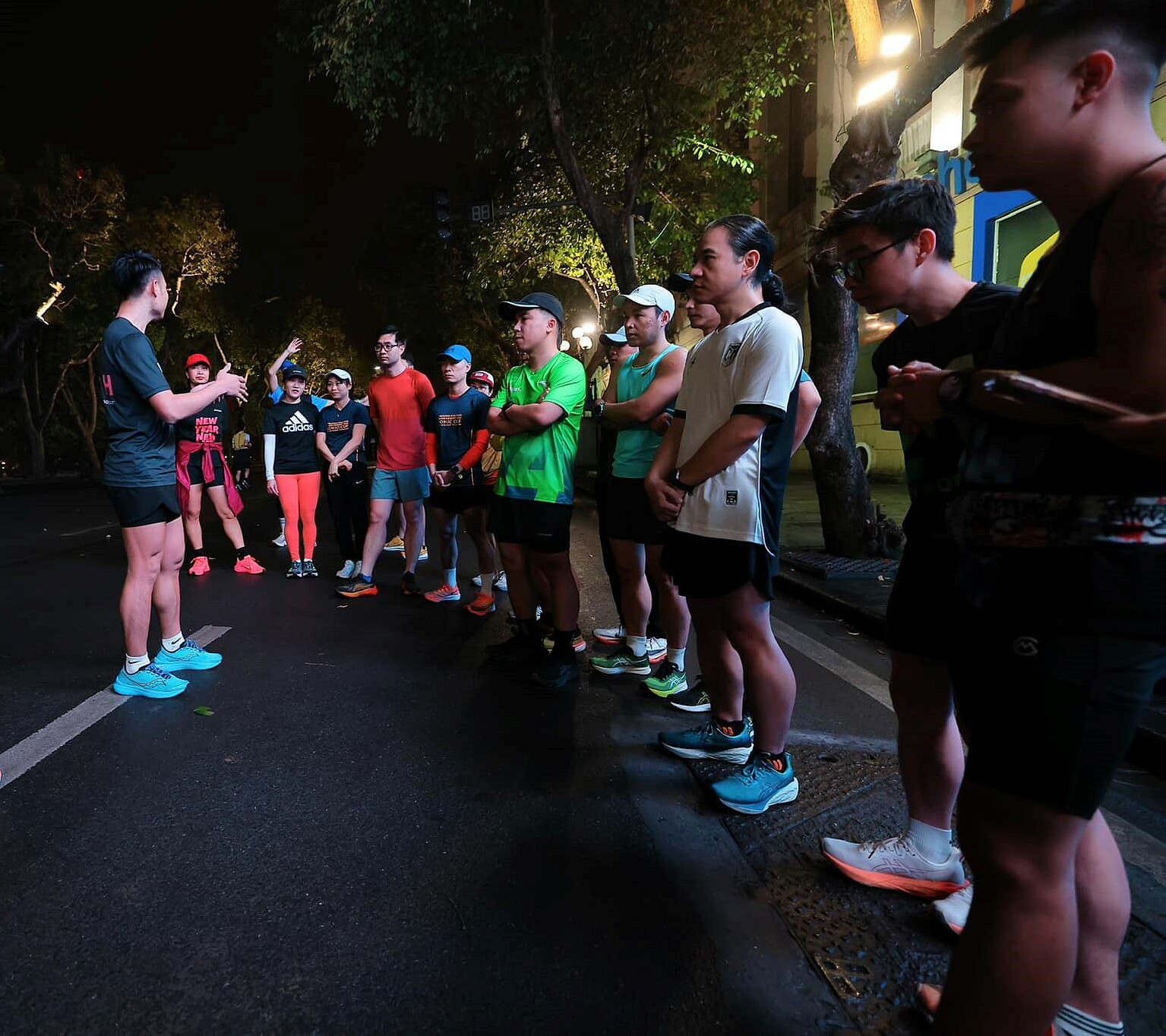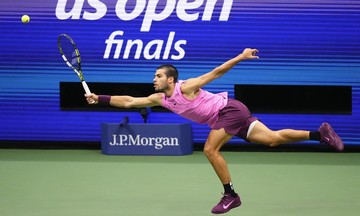According to data from Garmin, a growing number of runners are using smartwatches. With this technology, the concept of "scientific running" has emerged. Instead of just looking at basic pace or heart rate, runners can now track a range of in-depth metrics such as training readiness, training load, and running dynamics. This data becomes a guide for knowing when to accelerate, when to recover, and how to progress safely and sustainably.
A 2020 study published in the Journal of Sports Sciences showed that data-driven training can reduce an athlete's risk of injury by up to 25% and significantly increase training effectiveness.
 |
Garmin watches integrate many advanced training modes. Photo: Garmin |
Garmin watches integrate many advanced training modes. Photo: Garmin
Over 10 years ago, as a talented track and field athlete, Ha Van Nhat, coach of the Garmin Run Club Hanoi, trained traditionally: manual heart rate measurement, pace estimation by stride count, and training plans based on observation and experience. "This method built character, but sometimes it took a long time to identify problems or make timely adjustments," Nhat said.
As sports technology evolved, Nhat began to explore and invest in smart measuring devices like the Garmin watch. Metrics such as heart rate, pace, distance, and even more specialized data were recorded and analyzed almost instantly, giving him a comprehensive picture of his fitness. This allowed for more accurate and timely adjustments to training volume, intensity, and strategy.
Nhat calls the data a silent teammate, accompanying him both as an athlete and a coach. When leading the Garmin Run Club, he used this same tool to design personalized training plans, helping many runners significantly improve their performance.
 |
Coach Ha Van Nhat. Photo: Garmin Run Club |
Coach Ha Van Nhat. Photo: Garmin Run Club
Nguyen Thi Thanh Ha, 34, from Hanoi, is a prime example. When she joined the Garmin Run Club, her only goal was to run 5 km continuously. Under Coach Nhat's guidance, Ha began training according to the heart rate zones displayed on her Garmin watch—running lightly in Zone 2 combined with short intervals to increase endurance. After only two months, she completed 5 km in under 35 minutes with significantly less fatigue.
When she set a 10 km goal, Coach Nhat monitored Ha's Stress Score and VO₂ max to decide which days to increase intensity and which days to prioritize recovery. For long runs, he used Training Load data to adjust the volume appropriately, helping Ha's body adapt and minimize the risk of injury. As a result, after just six months, Ha completed 10 km in 1 hour and 5 minutes.
When it came to tackling the half marathon, Coach Nhat focused on using Running Dynamics data (stride length, ground contact time, and balance) to adjust Ha's running form, as well as experimenting with fueling strategies during long runs. He also relied on the Training Readiness metric to choose the right days to increase speed or rest. In her first 21 km race, Ha finished in 2 hours and 15 minutes, injury-free, and maintained a positive attitude until the end.
 |
The Garmin Run Club group training. Photo: Garmin |
The Garmin Run Club group training. Photo: Garmin
Ha's story is one example of how running today is not just about pace or kilometers; it's a scientific process where body awareness is combined with smart data. Garmin provides runners with a comprehensive ecosystem, from personalized virtual coaching to in-depth health metrics and detailed tracking synced on Garmin Connect, which stores a complete smart training log.
"Feeling is still important for listening to your body, but data provides a comprehensive perspective. From the first steps to the marathon journey, Garmin supports every runner in turning their goals into reality. This platform allows runners not only to improve their performance but also to build an active, safe, and sustainable lifestyle," a Garmin representative said.
Lan Anh












